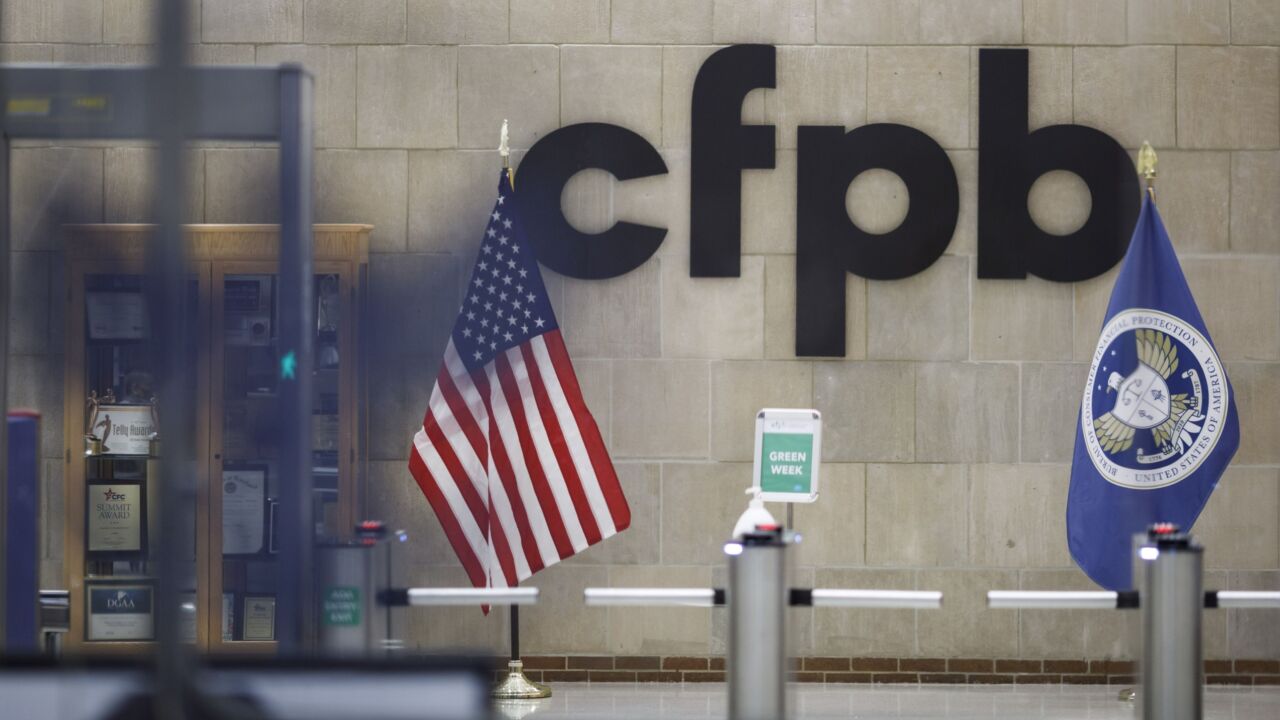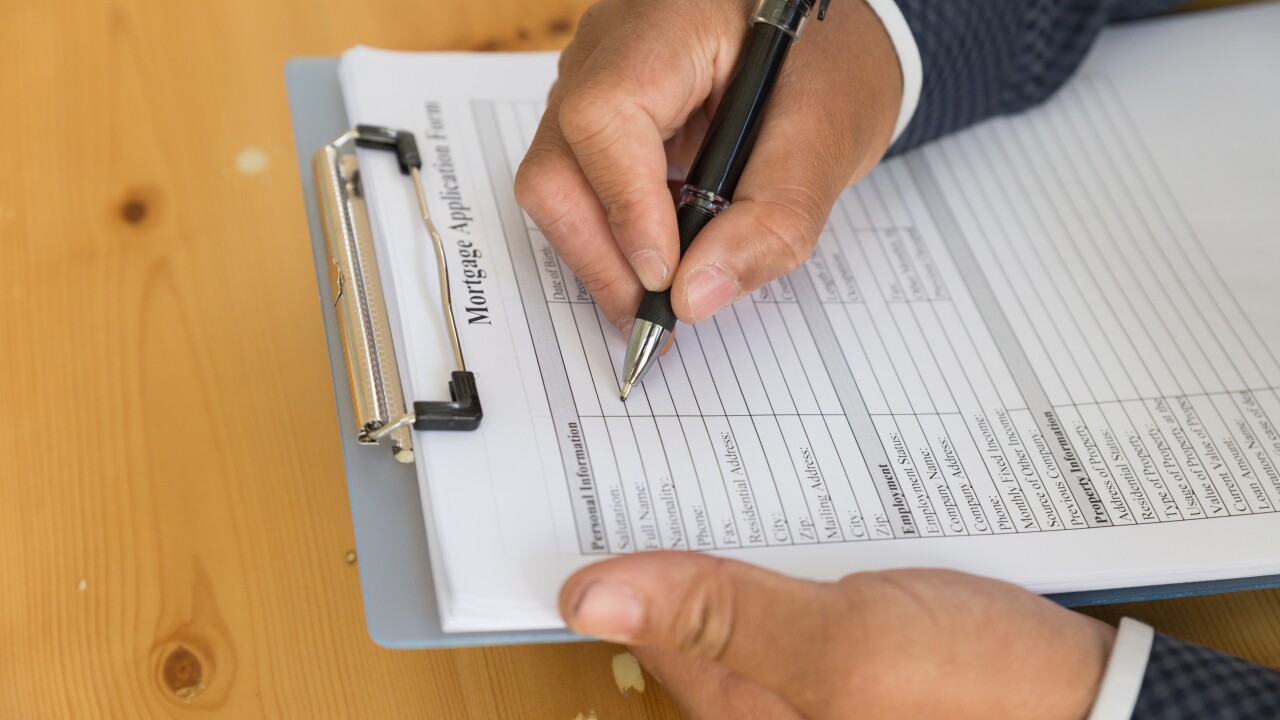You have been looking at properties for months and have finally found your dream home. Now, how much of a down payment should you expect to have to pay on your mortgage and how much should you expect to spend on up-front costs after the seller accepts your offer?
One of the hardest financial parts of buying a new home is coming up with the initial down payment on the mortgage loan. If you can afford it, industry insiders and experts advise paying 20% of your total loan as down payment because of the financial benefits and money it will save over the long term.
The "20% down" threshold is based on guidelines set by Fannie Mae and Freddie Mac, the two government-sponsored agencies that guarantee most home mortgages in the United States. If you cannot or do not want to put 20% down, you will likely be required by your lender to purchase private mortgage insurance, or PMI. That's because mortgages with down payments under the 20% threshold are considered by lenders to be more risky and likely to default.
PMI
In addition to coming up with the down payment for your mortgage, there are some other up-front costs typically associated with buying a new home. These are the costs that the buyer pays out of pocket once an offer has been accepted. They usually include earnest money, an inspection fee and appraisal fee.
Earnest money is essentially a deposit that the buyer pays right after the seller has accepted the offer. How much earnest money is expected varies depending on your local real estate market, buy expect to pay around 1% to 3% of the total sale price of the home. Earnest money will then usually be deposited into an escrow bank account or held by the listing agent.
Once the sale is completed, the earnest money will usually be applied toward the buyer's closing costs. If you decide to back out of the sale due to a failed contingency, such as a bad inspection report, the buyer usually recovers the earnest money in full. But if you back out of the sale for reasons not covered by contingencies, you will likely forfeit this money.
Industry insiders and experts recommend before signing any purchase and sale agreement to buy a home, carefully review all contingencies and make sure that you understand how much earnest money you'll pay and how to successfully recover the funds if you need to back out of the sale.
Another up-front cost that falls on the buyer is an examination of the property by a licensed home inspector. The fees for a professional home inspection vary around the country, buy you should expect to pay hundreds of dollars for a professional, licensed inspector. A thorough inspection is extremely important so that you can discover any material defects or necessary repairs needed before buying the property. (Your inspector may also recommend an additional inspection of the roof, sewage system, or other part of the house by another specialist.)
Make sure to pay close attention to the inspection results because many states hold a buyer responsible for understanding and investigating any issues raised during this process. If an inspection contingency arises, the buyer now has an opportunity to negotiate with the seller to cover the costs of certain repairs, ask for concessions on the sale price or actually back out of the sale.
A thorough home inspection should cover the property's plumbing, electrical, foundation, walls, doors, windows, ceiling and floor structure. The inspector should also check the home's water heater, air conditioning system and furnace functionality and look for issues with major home appliances such as the refrigerator, dishwasher, washing machine and dryer.
Finally, buyers can expect to pay for a licensed appraiser's opinion of the property's market value based on comparable recent sales of homes in the area. The lender's underwriter will then compare the appraisal price what you agreed to pay for the home in order to ensure that you are not borrowing more than the property is worth.
If the home appraises lower than the final sale price, you may be able to renegotiate a lower price with the seller. If the seller won't lower the price, however, your lender may require you to put more money toward the down payment to make up the difference.





